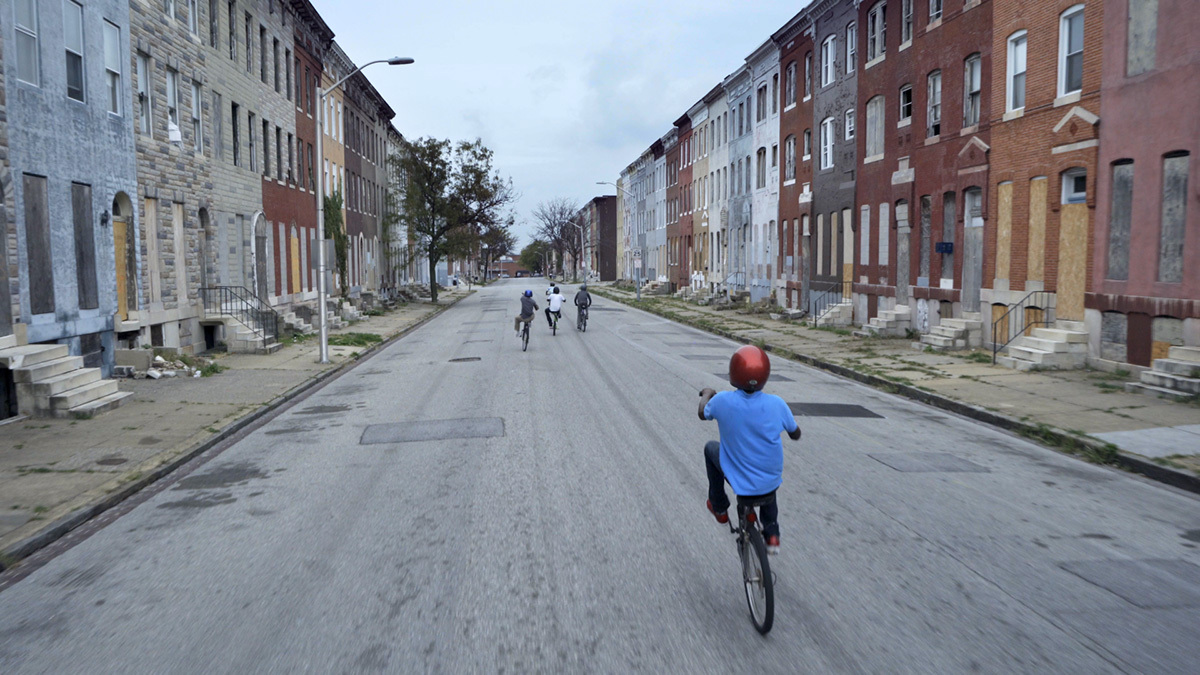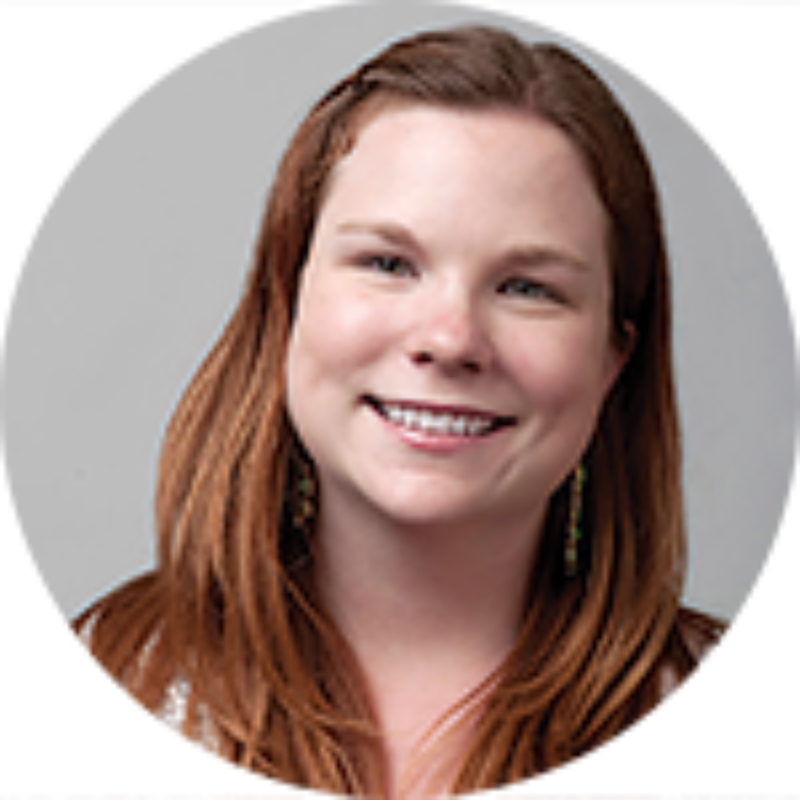
What did they tell you that they wanted out of it?
They didn’t prescribe anything. We had free reign. That was kind of the beauty of it being their first ad campaign. They were happy to follow our lead.
Can you talk a bit about your creative process?
There were a couple of rounds before we nailed down the line ‘for a better us.’ It just felt like the truest space and like it was saying something that needed to be said now. Relevancy was really big for them. They’re an old organization, so they wanted to feel like the now.
Why did you decide to go with Baltimore as the featured community?
We explored a bunch of different places. We ended up working with the director Seb Edwards, who is actually from the UK. Baltimore was one of the communities we visited because it’s been in the media a lot for not great reasons. But we know the people in the community are amazing. That’s what the Y does, it tries to level the playing field. Everyone was so phenomenal, amazing, and collaborative. Everyone had a great story. The place, spiritually and emotionally, really captured us.
How long were you here in Baltimore filming?
We were there for about three-and-a-half weeks. We started out casting and we realized it was silly because there were so many great stories out in the real world. So then we started ‘street casting,’ met their friends, then friends of friends. We asked people what they do and where they hung out. It was important for us to keep it authentic. I think the area gets enough misconception. We wanted to shoot in an area of Baltimore that gets a bad wrap, so that was West Baltimore, which is a place we’ve heard about a lot recently. We shot ‘Idle Hands’ in Dundalk because we wanted something that felt a bit more suburban.
What do you feel is the overall takeaway from the ads?
I think the overarching slogan ‘for a better us’ is what we really wanted to bring to life in different ways. Everything the Y does is in service for making us better. It was important to show how that comes to light in different ways. The relevancy played a huge role. Over the course of working with them, we learned that it really is one of the only organizations to level the playing field for everyone. It’s an election year, we’ve seen a lot of issues in the news about Sandtown and West Baltimore. You never hear underlying stories of why these communities are actually in the news. It’s systemic and people aren’t given an equal shot. The Y is working in hundreds other communities like this around the country. They prop us all up and make us all better.
Will you be running similar ads with other cities in the future?
We haven’t really decided on our plan for the next year. We do have a couple of different pieces coming out following these two spots. One of them is very different in tone, it’s a little bit lighter. We also have a partnership with The New York Times [called “Reverse the News”]. It allows readers to counteract bad news in the press by donating to a local Y initiative that mitigates the problem. For example, if you’re reading a new study about diabetes, you’ll see an ad about how the Y is working to fight that cause.
How did you feel about Baltimore after spending some time there?
I have a really good friends who lives in Baltimore, so I had been there before. But I hadn’t spent much time in these communities. I think it’s like anywhere—you get to know a place by spending time there and eventually it reveals itself. We found that the people were really great and so that became the focus.
